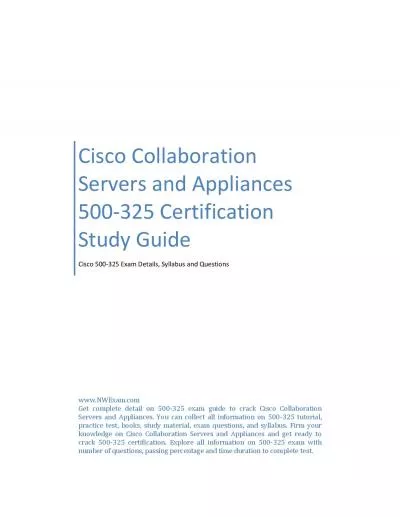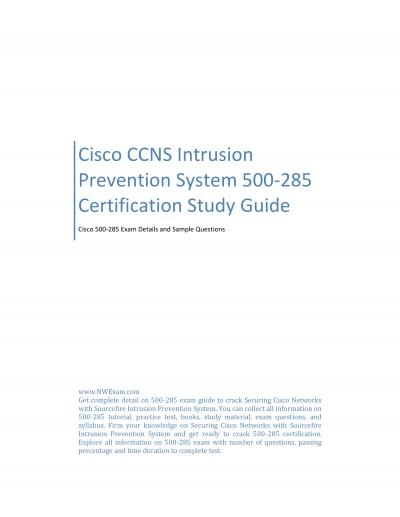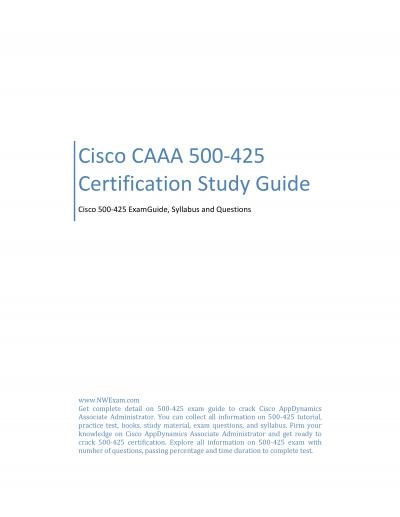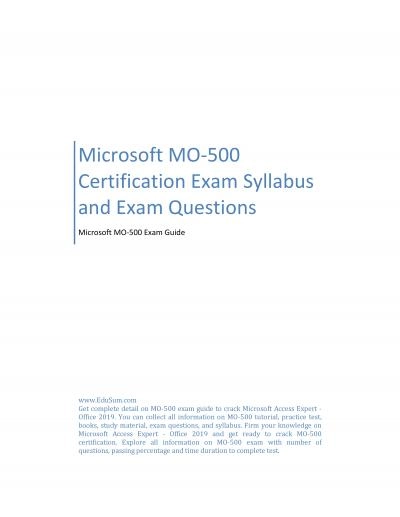PPT-NWNW indicates 500-day Microlensing Program
Author : jane-oiler | Published Date : 2015-11-01
only 2 50day observing windows per year The bulge must be observed whenever it can be Significant edge effect penalties for regular interruptions 05 year SNe program
Presentation Embed Code
Download Presentation
Download Presentation The PPT/PDF document "NWNW indicates 500-day Microlensing Prog..." is the property of its rightful owner. Permission is granted to download and print the materials on this website for personal, non-commercial use only, and to display it on your personal computer provided you do not modify the materials and that you retain all copyright notices contained in the materials. By downloading content from our website, you accept the terms of this agreement.
NWNW indicates 500-day Microlensing Program: Transcript
Download Rules Of Document
"NWNW indicates 500-day Microlensing Program"The content belongs to its owner. You may download and print it for personal use, without modification, and keep all copyright notices. By downloading, you agree to these terms.
Related Documents

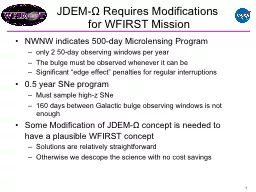
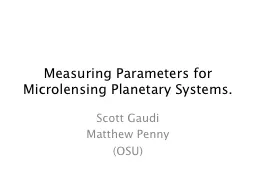
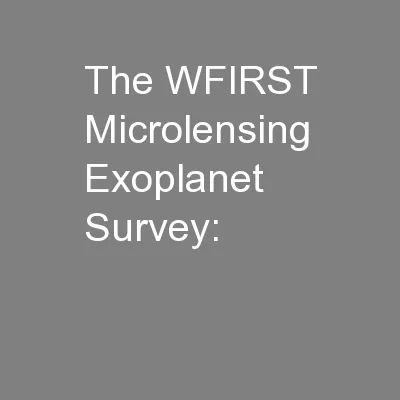
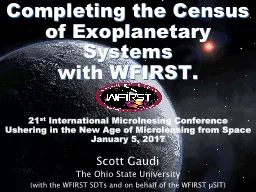
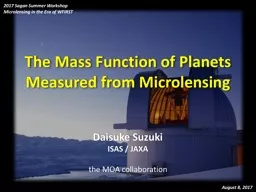
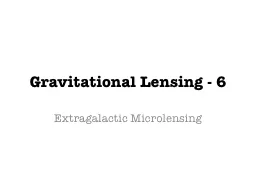


![[New] Get Ready to Crack Cisco 500-052 UCCXD Certification Exam](https://thumbs.docslides.com/990685/new-get-ready-to-crack-cisco-500-052-uccxd-certification-exam.jpg)
![[New] Ace Cisco 500-285 Certification with Cisco CCNS Practice Test](https://thumbs.docslides.com/994858/new-ace-cisco-500-285-certification-with-cisco-ccns-practice-test.jpg)
